Introducing the baseball scorecard, an essential tool for avid baseball fans and casual spectators alike. It serves as a historical record, allowing enthusiasts to track the game’s events and nuances. The baseball scorecard provides a wealth of information, ranging from player performance to game statistics.
In a nutshell, filling out a baseball scorecard involves recording player data, marking each play, and calculating scores throughout the game. Although it may seem intimidating initially, mastering this skill enhances one’s appreciation for the sport and its intricate details.
Stay with us as we unravel the art of filling out a baseball scorecard. We’ll walk you through the steps, from understanding the basics to perfecting your technique.

How to Mark a Baseball Scorecard
Familiarize yourself with the scorecard:
Before you begin marking the scorecard, take a moment to study its layout. A typical scorecard has nine innings, each divided into two halves, with the home team listed at the bottom. The scorecard also includes spaces for recording the batter, the pitcher, and other players’ positions.
Record the basic information:
At the top of the scorecard, you’ll need to fill in the game’s details, including the date, location, and team names. This information helps to identify the game and provides context for your scorecard.
Mark the batting order:
The batting order indicates the sequence in which the players on each team will bat. Record the players’ names in the order they’ll come up to bat. If a player is subbed in during the game, add their name to the appropriate spot on the batting order.
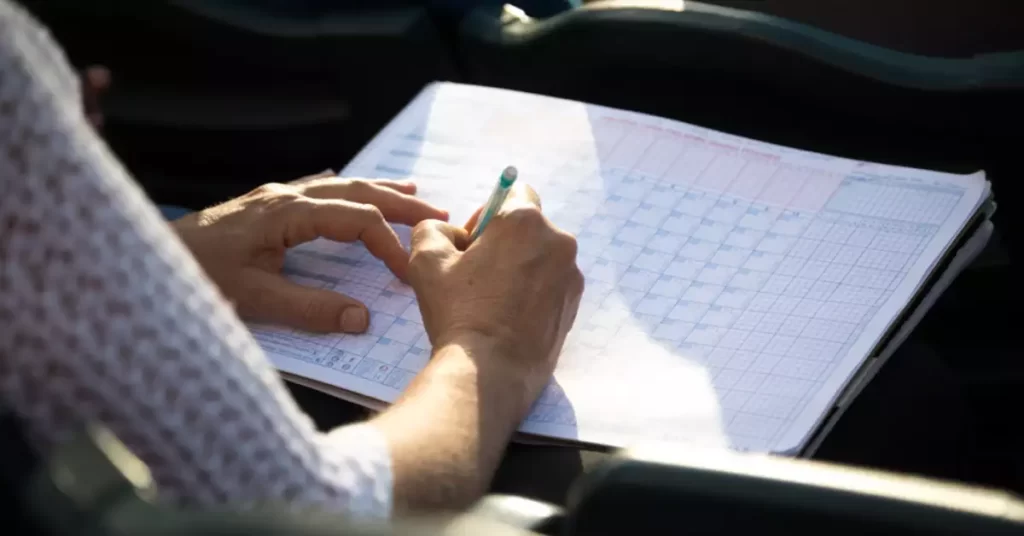
Use symbols to record the plays:
As the game progresses, use symbols to record the different types of plays. For example, a circle represents a single, a triangle represents a stolen base, and an “E” indicates an error. If you’re not sure what a particular symbol means, refer to the scorecard’s key or ask a more experienced scorekeeper.
Record the pitcher’s performance:
The pitcher’s performance is a crucial aspect of the game, and the scorecard provides space to record each pitch thrown. Use symbols to indicate the type of pitch and the location of the pitch in the strike zone.
Track the game’s progress:
As the game unfolds, record the score, the number of outs, and the inning. Keeping track of the game’s progress helps to identify trends and allows you to analyze the game’s outcome.
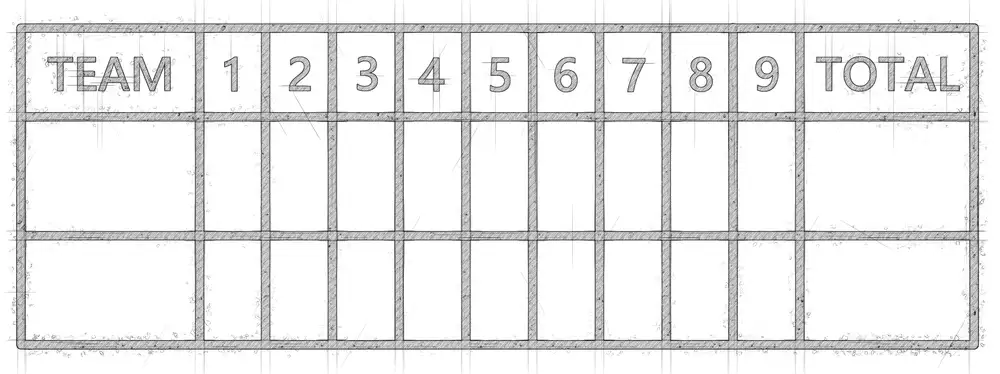
Position numbers of a baseball game
Here are the position numbers for a typical baseball game:
- Pitcher
- Catcher
- First Baseman
- Second Baseman
- Third Baseman
- Shortstop
- Left Fielder
- Center Fielder
- Right Fielder
In addition to these nine positions, there may be a designated hitter (DH) in the lineup, who is not assigned a defensive position but instead takes the place of the pitcher in the batting order. The DH is typically denoted as “DH” on the lineup card and scorecard.
Advanced scorekeeping techniques
Once you’ve mastered the basics of scorekeeping, there are many advanced techniques you can use to track and analyze the game’s progress. Here are a few to consider:
Recording pitch counts
Keeping track of the number of pitches thrown by each pitcher can help you understand how fatigued they are and when it might be time to make a pitching change. To record pitch counts, mark a slash in the appropriate box for each pitch, and keep a running tally of the number of pitches thrown.
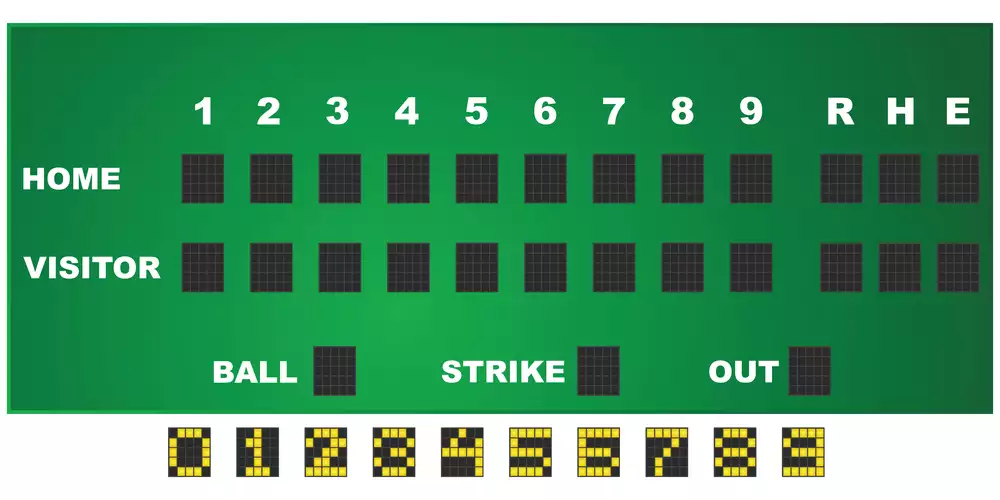
Tracking batted ball location
By recording where batted balls land in the field, you can gain insights into a team’s hitting tendencies and identify areas of strength or weakness. Use a diagram of the field to mark where the ball was hit, and record the outcome of the play.
Keeping track of runners’ leads and jumps
If you’re an experienced scorekeeper, you might want to start tracking runners’ leads and jumps. This can help you understand a team’s base running strategy and identify when a runner is likely to steal a base. To track leads and jumps, use arrows to indicate the direction and distance the runner moves away from the base.
Scoring unusual plays
There are many unusual or rare plays in baseball that require special scoring. For example, a triple play is recorded with a “TP” symbol in the play-by-play column, while a balk is scored with a “BK” symbol. Make sure you understand how to score these types of plays so you can accurately record the game’s progress.
By using these advanced scorekeeping techniques, you can gain a deeper understanding of the game and improve your analysis and reporting skills. Remember, practice makes perfect, so don’t be afraid to experiment with different techniques until you find the ones that work best for you.
Common mistakes to avoid
Even experienced scorekeepers can make mistakes, especially when it comes to complex plays or unusual situations. Here are some common mistakes to watch out for:
Forgetting to record a player’s position
It’s important to record each player’s position at the start of the game and update it as substitutions are made. This helps keep track of defensive changes and can provide valuable insights into a team’s strategy.
Misidentifying a type of pitch
Each pitch should be recorded accurately, with the correct pitch type (e.g., fastball, curveball, changeup) noted. This can be challenging, especially when pitchers throw multiple types of pitches that look similar. Take the time to learn the different pitch types and practice identifying them.
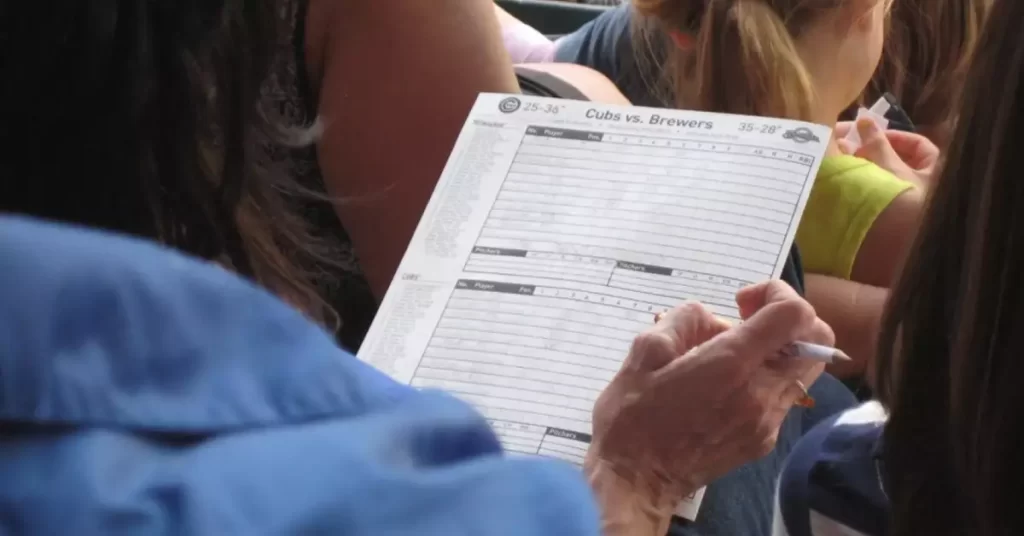
Confusing a fielder’s choice with a base hit
A fielder’s choice is when a fielder chooses to make a play on a baserunner instead of an easy out. It is not scored as a hit. However, it can be easy to confuse a fielder’s choice with a base hit if you’re not paying close attention.
Missing unusual plays
There are many unusual or rare plays in baseball, such as a triple play or an unassisted putout. It can be easy to miss these plays if you’re not paying close attention or if you’re not familiar with how to score them.
By being aware of these common mistakes, you can avoid them and keep your scorecard accurate and informative. Remember, accuracy is key when it comes to scorekeeping, so take the time to double-check your work and make corrections as needed.
The benefits of scorekeeping
Scorekeeping isn’t just a way to keep track of a baseball game – it can also provide a range of benefits for both players and fans. Here are some of the ways that scorekeeping can be beneficial:
Improved understanding of the game
By keeping a scorecard, you can gain a deeper understanding of the game of baseball. You’ll learn about different positions, strategies, and plays, which can help you appreciate the game more fully.
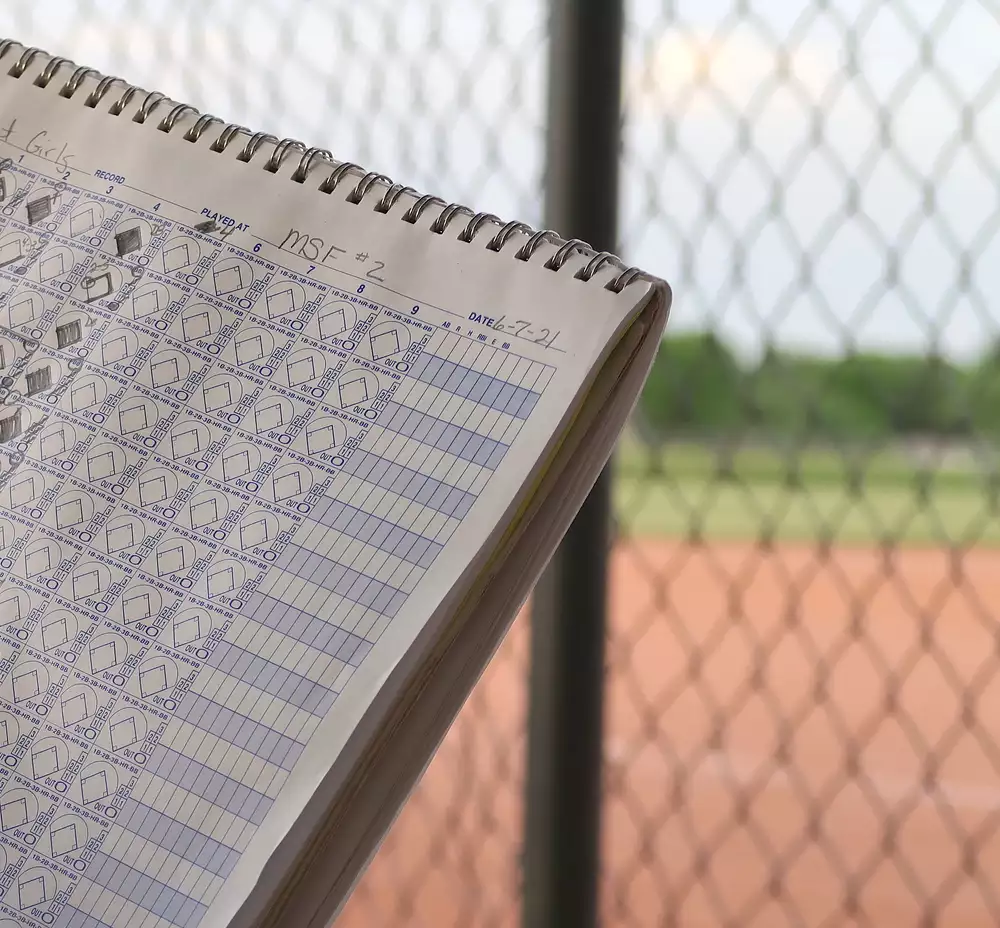
Better memory and concentration
Keeping a scorecard requires focus and attention to detail, which can help improve memory and concentration skills. It’s also a fun and engaging way to keep your mind sharp.
Greater engagement with the game
Scorekeeping can make you feel more engaged with the game, even if you’re not playing or coaching. You’ll feel more invested in the outcome of the game and be able to appreciate the efforts of both teams.
Useful for analysis and reporting
Scorecards can be a valuable tool for analyzing and reporting on the game. They provide a detailed record of each play and can be used to identify patterns and trends in team performance.
By keeping a scorecard, you can enjoy these benefits and more. Whether you’re a player, coach, or fan, scorekeeping is a fun and rewarding activity that can enhance your experience of the game of baseball.
Online scorekeeping tools
In addition to traditional pen-and-paper scorekeeping, there are now many online scorekeeping tools that can make the process easier and more efficient. Here are some of the benefits of using online scorekeeping tools:
Easy to use
Many online scorekeeping tools are designed to be user-friendly, with intuitive interfaces and simple input methods.
Real-time updates
Some online scorekeeping tools allow you to update the scorecard in real-time, so you can keep track of the game as it happens.

Automated calculations
Many online scorekeeping tools can automatically calculate statistics and other information based on the data you enter, saving you time and effort.
Online scorecards can be easily shared with others, making it easy to collaborate with other scorekeepers or share game updates with friends and family.
Customizable
Many online scorekeeping tools allow you to customize the scorecard to suit your needs, with options to add or remove data fields and adjust the layout.
Some popular online scorekeeping tools include GameChanger, iScore, and Scorebook Live. These tools can be used on a variety of devices, including smartphones and tablets, and are ideal for both casual and serious scorekeepers.
Final Words
As our journey concludes, it’s evident that filling out a baseball scorecard offers an enriched perspective on the sport. It not only helps fans comprehend the game’s complex aspects but also allows them to relive and share memorable experiences with others.
Mastering the scorecard may take practice, but the rewards are well worth the effort. So grab your pen and scorecard, head to the ballpark, and embrace this longstanding tradition. You’ll find yourself immersed in the world of baseball like never before, connecting with the game on a deeper level.
